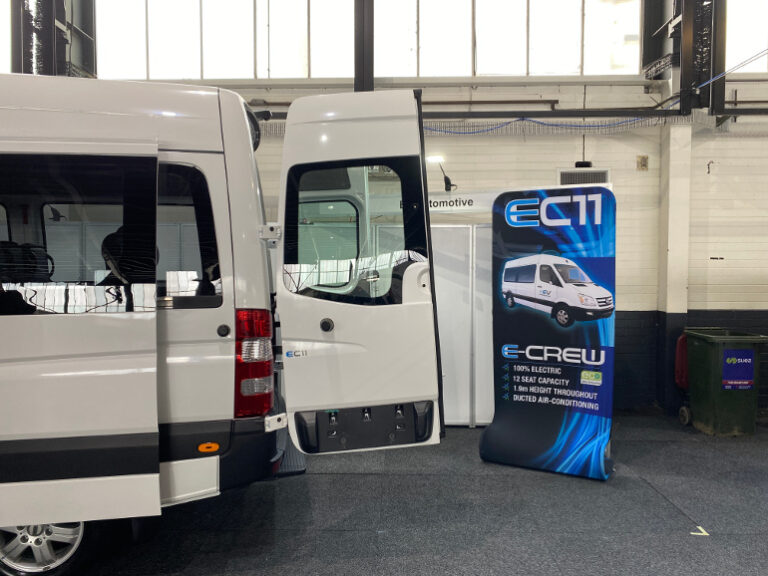The latest Electric Vehicle Council report names some 10 new additions to its truck and van index, including Mercedes eVito panel van due to arrive on Australian shores this year and capable of running more than 300kms on a full charge.
In October, the 100 plus member council issued its annual State of EVs report. One of the appendices lists some 24 models and variants among electric trucks and vans available to buy now or in the foreseeable future. This is up from 14 listed in a special EVC-ATA report on trucks a few months earlier.
Talking about trucks, the EV Council’s head of policy and government relations Jake Whitehead, said Australia was falling behind in EV truck adoption compared with other sophisticated countries. In a webinar Whitehead presented on the latest findings he said that lapse was particularly so for those trucks and vans that can be used in cities and urban areas to deliver groceries and packages.
“They’re the perfect vehicle to transition to be 100 percent electric today, but we just don’t have the right policy settings in the country to enable that,” Whitehead said.
To be sure, there are several EV vans and small trucks available today in Australia — including Renault Kangoo Z.E. Maxi with a 200-km range, and Daimler’s Fuso with a 100-km range.
The EVC in its submission to the National EV Strategy consultation is calling for European-style standards to force OEMs to ramp up distribution of their EVs in Australia, financial incentives for buyers, more EV chargers, and truck targets, among other policy settings.
“This policy is critical for us to not only catch up to the rest of the world but have that very broad range of electric vehicles available to us, including things like electric utes and SUVs,” said Whitehead.
The EVC is urging government to create a so-called fuel efficiency standard, holding vehicle makers to account for a measure of low-emissions vehicles. In the UK, and Europe, and other places, jurisdictions allow via fuel efficiency standards for a certain level of estimated future emissions based on the type of vehicle sold.
“The key to understand what this policy is, is that it doesn’t ban any vehicles; It doesn’t stop carmakers selling any particular vehicles. What it does is it sets an average target in terms of the carbon emissions that new vehicles sold by each manufacturer have to meet every year,” said Whitehead.
And, if they breach their limits, they are slapped with whopping fines.
“So, you can imagine if you’re a car maker, and you’re looking across the world where you’re going to prioritise the supply of electric vehicles. If you’re comparing, the European Union, or the UK or the US, where they have these fuel efficiency standards, and then you’re looking to Australia, and there’s no fuel efficiency standard, of course, you’re going to prioritise your zero-emission vehicles, your electric vehicles, to those markets where there’s a risk of a penalty.
“This is why Australia is the end of the queue. That’s why we’re the last priority for getting EV models.”
Submissions to the consultation process closed October 31. The EVC hopes the strategy speeds up the adoption of EVs in Australia.
Fleets of light vans and trucks have a big role to play in the cleanup with transport accounting for more than half transport’s emissions. In August, the Albanese Government passed climate legislation committing to a 43 percent cut in Australia’s carbon emissions by 2030, and to net zero by 2050.
Transport accounts for almost 20 percent of Australia’s carbon emissions according to latest estimates, said Whitehead, adding “The majority of emissions do come from road transport, and in particular light vehicles and trucks.”
“If we can get the policy setting right to electrify that part of our fleet, we can relieve that pressure on other sectors. And ensure that transport is heading in the right direction.”
Here’s a link to the EVC’s Sate of EVs 2022 report.






